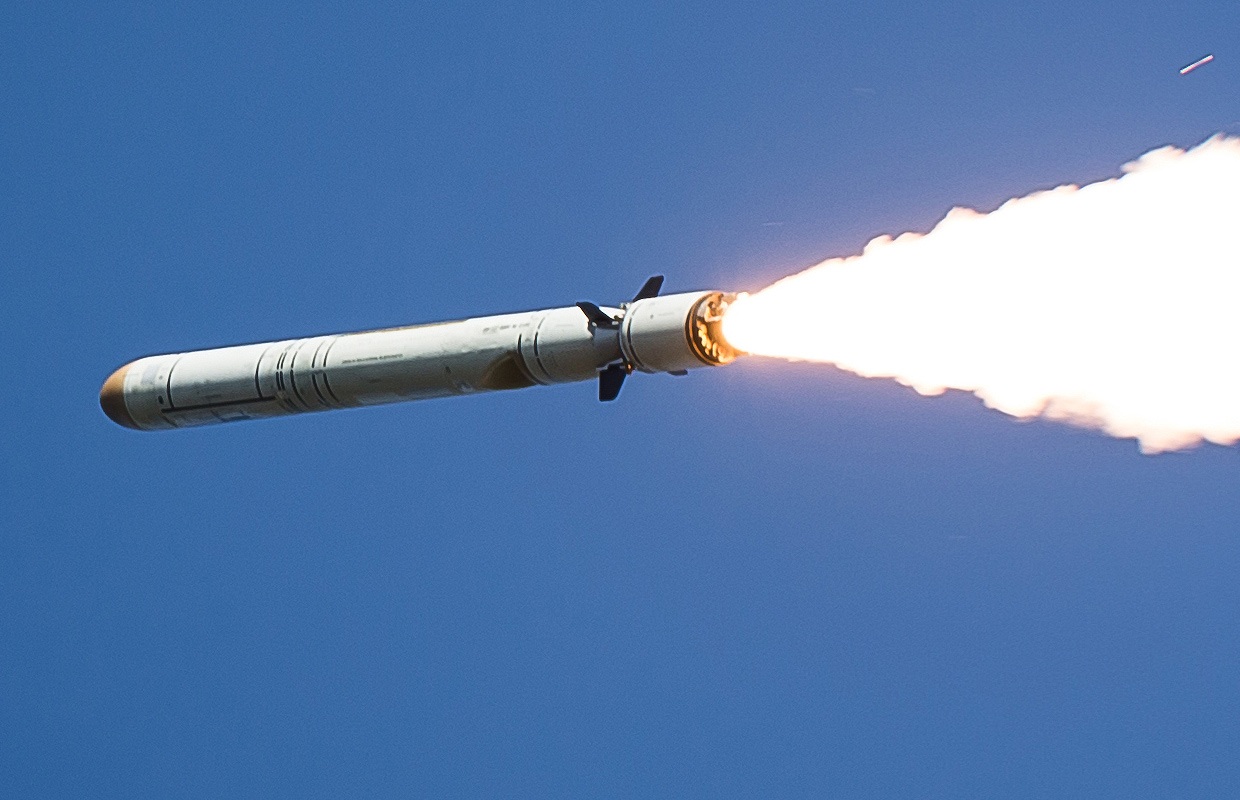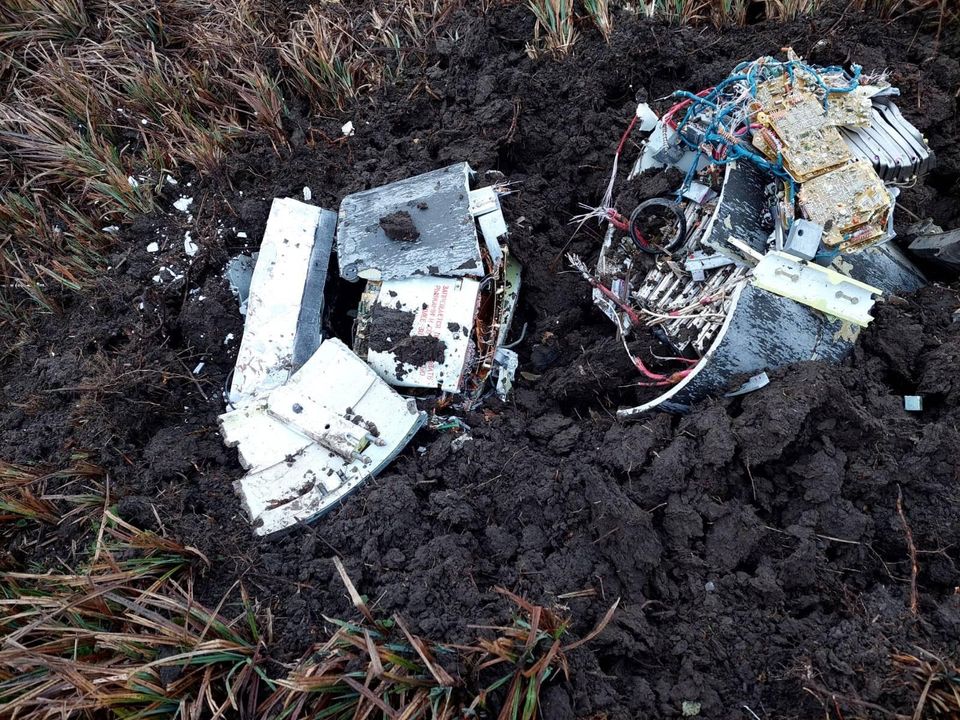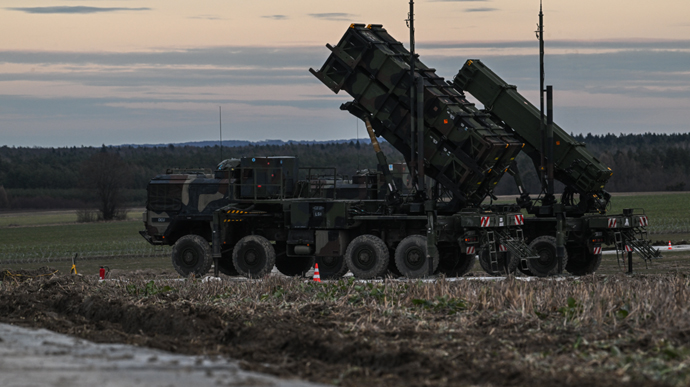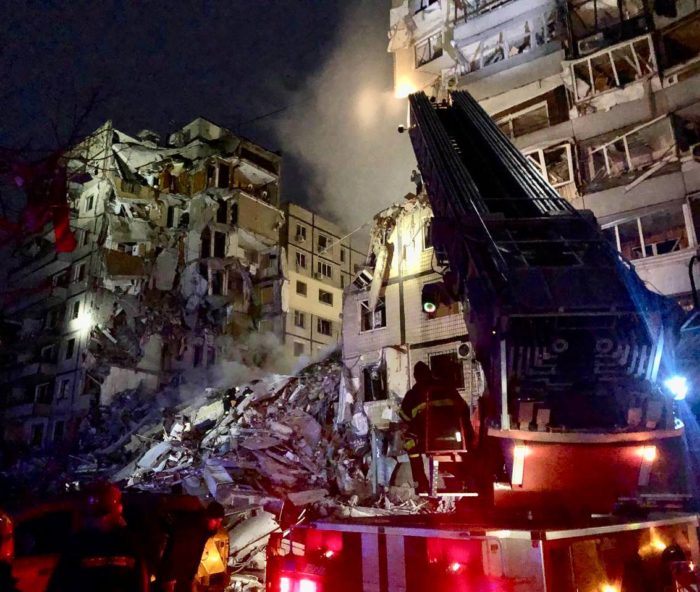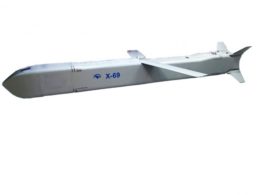The next Russian air attack on Ukraine could set a new record in scale since the start of the full-scale war, according to war veteran and reserve major Oleksii Hetman on Radio NV.
Russian aerial assaults on Ukraine have intensified, particularly with the increasing deployment of Shahed drones. In October 2024 alone, Russia launched a record 2,023 drones at Ukraine, with Ukrainian forces successfully intercepting 1,185 of them. Simultaneously, military analysts have noted that Russia has been deliberately stockpiling missiles over the past two months, likely in preparation for a larger offensive as winter approaches.
Reports indicate a decrease in the frequency of missile launches in September and October, suggesting a strategic pause to accumulate weapons for future strikes. This combination of increased drone warfare and missile stockpiling underscores the urgency for Ukraine to bolster its air defenses and prepare for intensified assaults during the colder months, as Russia seeks to exploit vulnerabilities in Ukraine’s defense capabilities.
“Since the mass attack on 26-27 August, which saw around 200 airborne targets at once, the Russians may have produced at least 200 more missiles—possibly up to 300, according to some estimates. They’re also likely to include a significant number of Shahed drones. The next attack could be double the size of August’s,” Hetman said.
Hetman stressed that this looming assault would target Ukraine’s entire territory, not just areas near the front or border.
He further suggested that Russia might incorporate guided aerial bombs and shorter-range missiles in the upcoming strike, potentially including modified S-300 anti-aircraft missiles.
“Will they do this? Most likely, yes. They’ve already hinted at these plans,” he added.
The expert also offered insight into the timing of this potential escalation: initially expected by 12 October, the attack was then anticipated around the US elections. However, with both dates passing without incident, Hetman now suggests that a major assault could come as soon as colder weather sets in, likely before December.
The air attack on August 26 reportedly cost Russia $1.26 billion. According to Ukraine’s Air Force, the assault included 109 Shahed-136/131 attack drones, 77 Kh-101 cruise missiles, 3 Kh-22 cruise missiles, 28 Kalibr sea-launched cruise missiles, six Iskander-M ballistic missiles, 3 Kh-47M2 Kinzhal aero-ballistic missiles, and, ten Kh-59/Kh-69 guided air missiles.
Read more:
- Norway allocates $ 105 million for Ukrainian energy infrastructure recovery
- Ukraine and Russia in talks about halting strikes on energy plants – FT report
- Kremlin denies talks with Ukraine on abandoning energy attacks
- Germany allocates $217 million for Ukraine’s humanitarian winter aid amid Russian energy strikes

